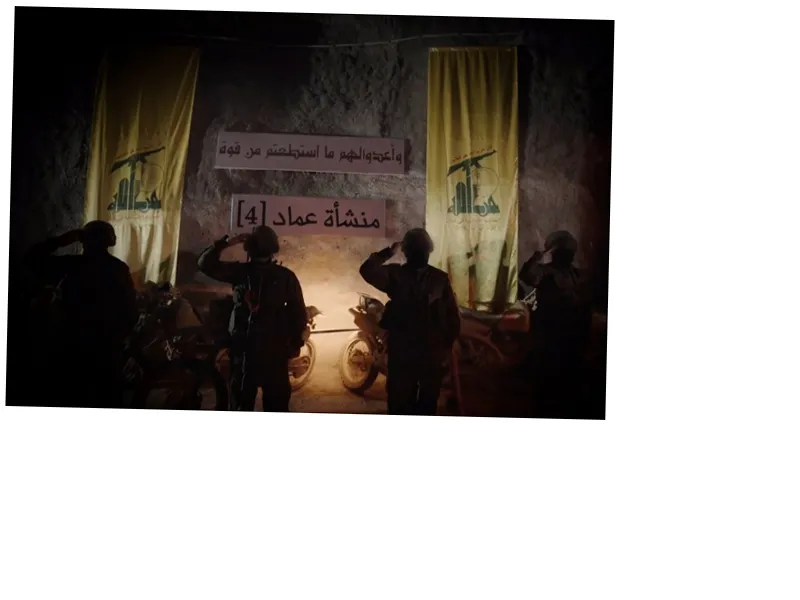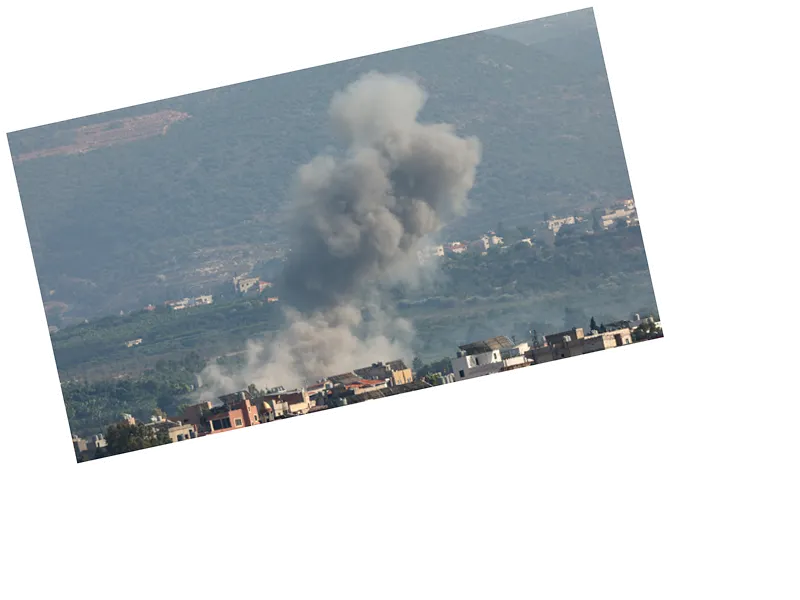Hezbollah's Missile Strike: A New Era of Deterrence
On Wednesday, Hezbollah launched a ballistic missile targeting the Mossad headquarters in the suburbs of Tel Aviv, marking a significant escalation in the ongoing conflict that began last October. This missile strike is believed to reflect Hezbollah's intention to establish new rules of deterrence in its operations against Israel. The missile, a Qader 1, was fired from southern Lebanon and traveled more than 150 kilometers without interception by Israeli defense systems.
The Qader 1 Missile: Capabilities and Impact
The Qader 1 is an Iranian-made guided ballistic missile, an upgraded version of the Shahab 3, known for its impressive speed and range. It can reach speeds exceeding 9,500 kilometers per hour and has a range of 2,500 to 3,000 kilometers. With a warhead weighing between 700 and 1,000 kilograms, its destructive potential is substantial. Despite this, the Israeli military claimed to have intercepted the missile using the David's Sling defense system, with no reported damage or injuries from the attack.
Reactions and Implications of the Strike
The missile launch has sparked varied reactions on social media, with some activists suggesting that Hezbollah's actions indicate a shift in the balance of power and a willingness to target key Israeli locations. Comments from users highlighted a perceived lack of red lines for Hezbollah, with intentions to prolong the conflict to weaken Israel's resolve. In contrast, others questioned the effectiveness of launching such a missile only to have it intercepted, raising doubts about the strategic value of the attack. As tensions escalate, Israeli officials, including opposition leader Benny Gantz, have threatened a ground operation in southern Lebanon if the rocket attacks continue.





